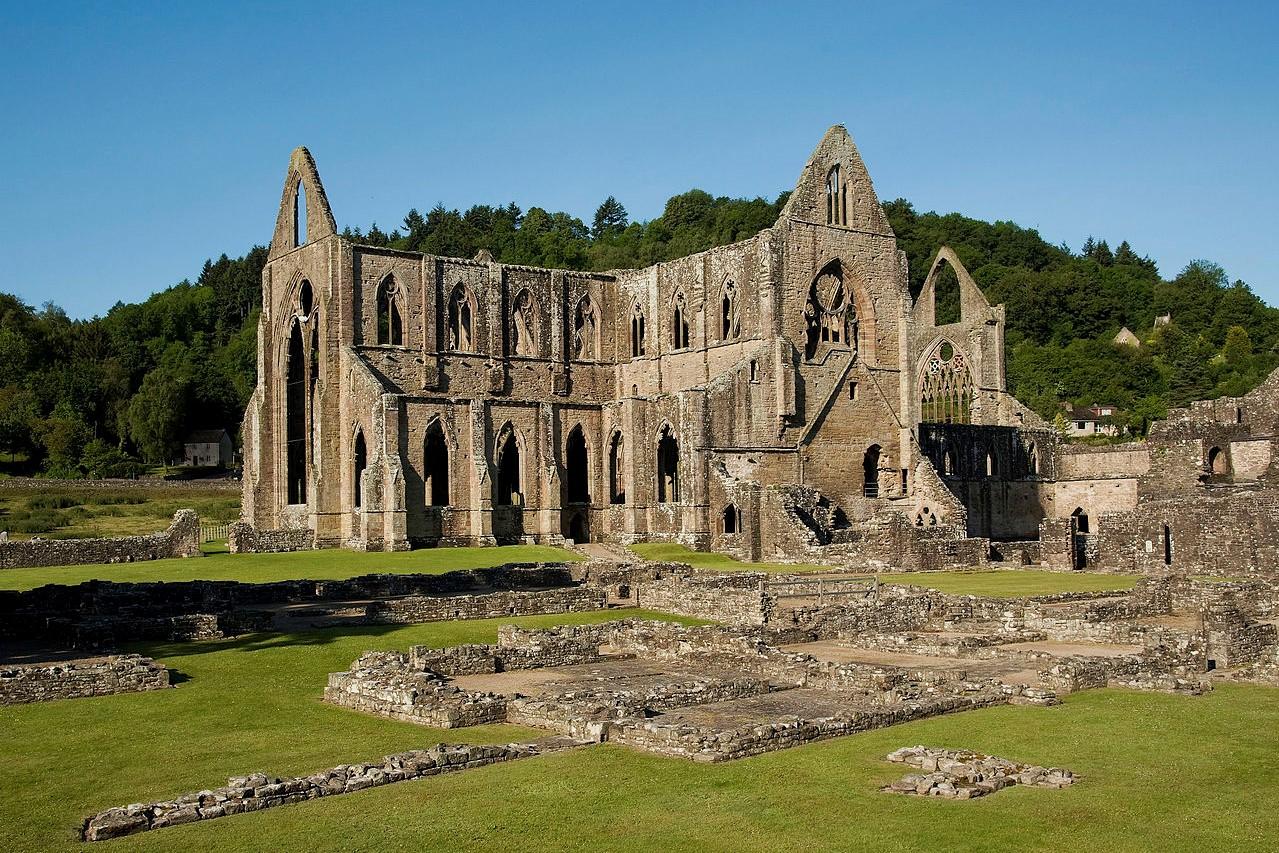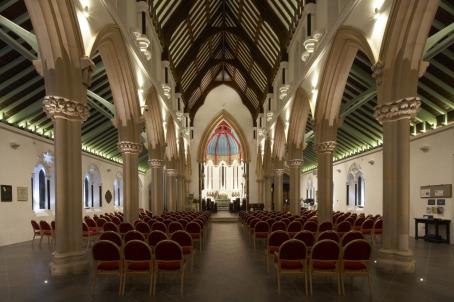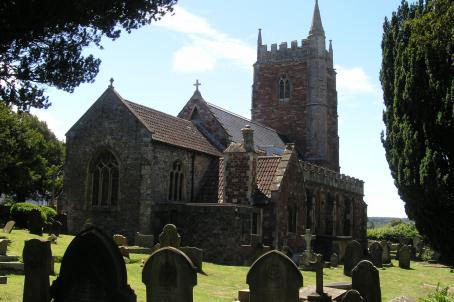Tintern Abbey
Tintern Abbey was founded in 1131 and was the second foundation of the Cistercian Order in Britain in the Middle Ages (after Waverley), and the first in Wales. The abbey was popular among pilgrims because the abbey church contained a statue of the Virgin Mary, believed to be miraculous. In 1536 Tintern Abbey was closed and the site was attributed to Henry Somerset, Earl of Worcester, who used the buildings (except for the Abbey Church) for a variety of purposes such as housing, crafts and even as a stone quarry. The abbey is now in ruins.






